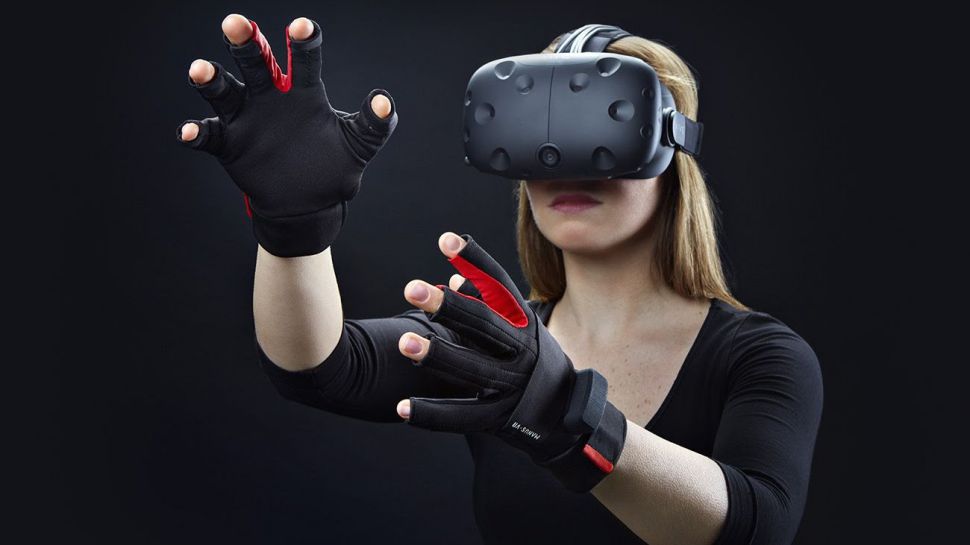VR displays personalized for your eyesight will let you ditch your prescription specs
Prescription VR

Researchers at Stanford University are attempting to tackle the problem of nausea and headaches in virtual reality by developing VR displays that adapt to individual sight needs.
A big problem with the headsets that are currently available is that because their displays are fixed at a set distance from our eyes, they don’t allow our vision to focus naturally.
According to lead researcher Gordon Wetzstein “Every person needs a different optical mode to get the best possible experience in VR” and by not accounting for the fact that we don’t all have identical eyesight the headsets can cause nausea and headaches.
No more nausea
The researchers found that visual conflicts in VR tend to affect young people and older people differently – for example, older users tend to have more trouble focusing on objects that are closer to them than younger people so the solution for their problem would have to be different.
At the moment the researchers are testing several software fixes and two different hardware options that will enable what they’re calling an “adaptive focus display.”
One of the hardware options involves the use of liquid lenses inside the headset which can be adjusted by twisting a dial.
The other works more like binoculars by mechanically moving the display screen back and forth. Both hardware options are enhanced by eye-tracking technology and other software to keep track of where the user is looking on the display and adjust what they’re seeing accordingly.
Get daily insight, inspiration and deals in your inbox
Sign up for breaking news, reviews, opinion, top tech deals, and more.
At the moment the software is able to help those who are nearsighted, farsighted and presbyopic but isn’t able to account for other vision problems like astigmatism just yet.
According to one of the researchers, though, the visual conditions the technology can help will be useful to more than 50% of the US population and would mean they wouldn't need to use glasses or contacts when using their VR headset. This is also a good starting point for the technology, as he adds that from here the team “can essentially try to tune this in to every individual person to give each person the best experience.”
Considering nausea and discomfort will be a major entry barrier for many people looking to use virtual reality headsets, solutions such as this will be incredibly important for the future of the technology. Not only will it help those who feel nauseated immediately, it’s also likely to allow others to use the headsets for longer periods without issue.
Emma Boyle is TechRadar’s ex-Gaming Editor, and is now a content developer and freelance journalist. She has written for magazines and websites including T3, Stuff and The Independent. Emma currently works as a Content Developer in Edinburgh.
